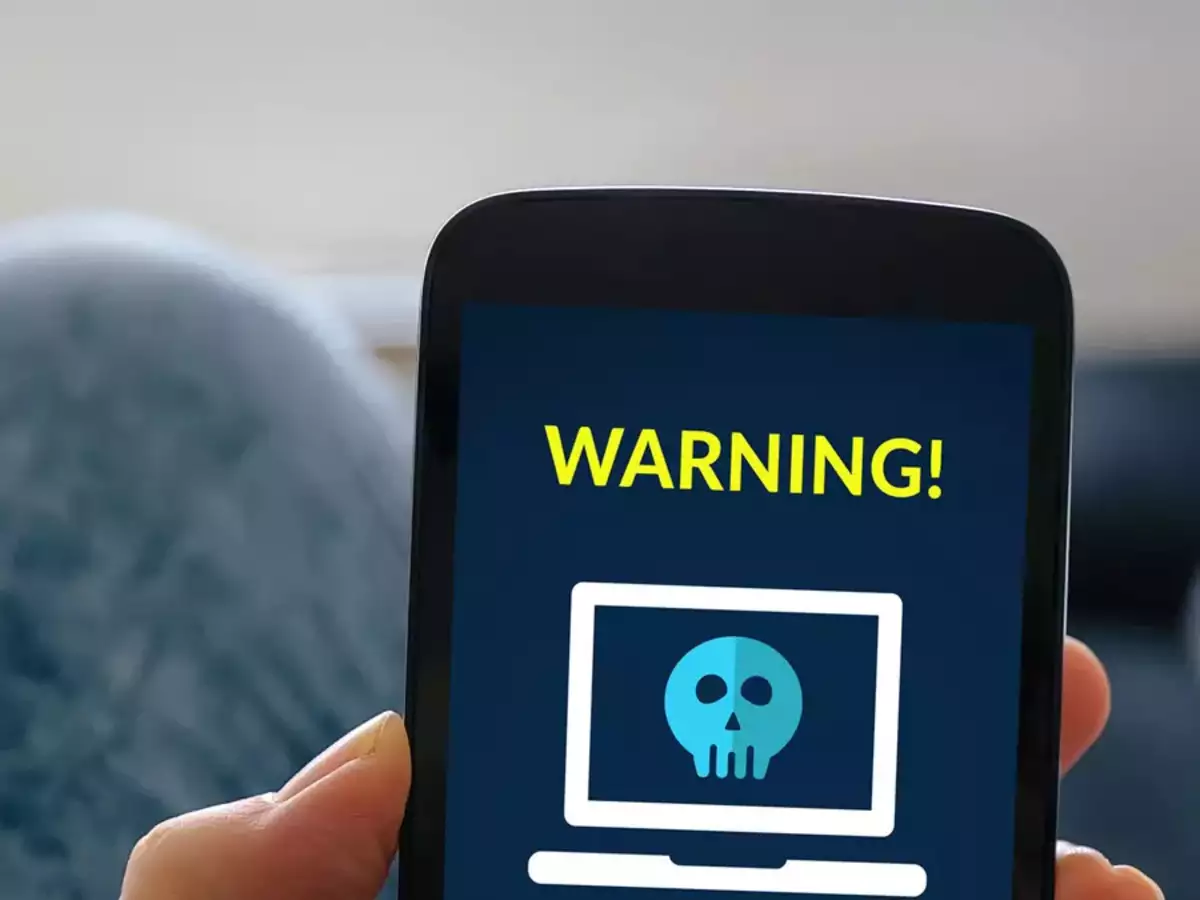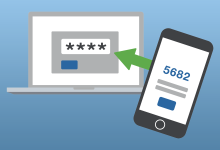
Here we will be telling you How to get rid of a hacker on your smartphone in 2024. Nowadays, the rate at which we use smartphones for online activities keeps increasing exponentially. This even though isn’t anything bad exposes users to potential risks like getting hacked.
What is Phone Hacking?
Phone hacking involves any technique by which someone breaks into your phone or communications with it. This can include everything from advanced security vulnerabilities to simple tapping of unsecured internet connections. It can also be a physical theft of your phone and hacking into it using techniques, like brute force. Phone hacking can happen on all kinds of phones, including Android devices and iPhones. As anyone can be vulnerable to phone hacking, we recommend that all users learn how to recognize a compromised device.
Some other ways a hacker can get into your phone include: Through public Wi-Fi networks. Cybercriminals create fake Wi-Fi networks, and when you connect to it with your phone, they redirect you to malicious sites. SIM swaps. Hackers transfer your phone number to their device and gain access to your account.
How do I know someone is hacking my smartphone?
Someone may have accessed your phone if at least one of these warnings is present:
- Your phone drains quickly. Malware and rogue apps sometimes use malicious code which tends to consume a lot of power.
- Your phone is operating abnormally slowly. A hacked phone may give all of its processing power to the hacker’s dubious applications. It can slow down your phone. Unexpected freezes crash and unexpected restarts can sometimes be symptoms.
- You notice strange activity on your other online accounts. When a hacker breaks into your phone, they try to access your important accounts. Check your social media and email for password reset prompts unusual login locations or new account sign-up verifications.
- You notice unusual calls or messages in your logs. Hackers may be tapping your phone using an SMS Trojan. They can also impersonate you in order to steal personal information from your loved ones. Keep an eye out, as both methods leave traces, for example, outgoing messages.
How to get rid of a hacker on your smartphone in 2024 – Here is what to do if your smartphone has been hacked
You have learned to recognize if someone is hacking into your phone. Now you are ready to defend yourself. Here is how you can ward off these cyber criminals from your device.
First, you need to eliminate any malware that has infiltrated your device. Once you’ve eliminated the data breach, you can start protecting your accounts and preventing hackers from accessing your phone.
How to get rid of the hacker from your phone
Install a mobile antivirus to find and remove any malware. Android products, like Kaspersky Android Security, can also protect you from prying eyes by creating unique passwords for each app.
Once you neutralize hacks on your phone, change the passwords for all your main accounts.
It could be the following:
- online bank
- Email (professional and personal)
- Apple ID or Google account
- Telephone access code
- All social networks
Also check any online financial or shopping services that have saved your credit card or bank details (like Amazon, eBay, etc.). This will allow you to spot any fraudulent transactions and ensure that you report and dispute these charges with your bank.
How to stop someone from hacking your phone again
Phone hacking security is increasingly important as the amount of personal information scanned and logged into a cell phone continues to grow. As the techniques used are constantly evolving, you will have to be always vigilant in terms of security.
The best way to protect yourself is to pay attention to your digital behaviour and fortunately there are many known practices that have been proven to reduce the risk of hacking.
Promoted contents:
- Who is the founder of BBC?
- Toshiba Corporation: Who is the founder of Toshiba?
- Google Releases Android 14 Beta 3, With Platform Stability and New Features
- Who founded Nokia? Here is all you need to know
- Who is the founder of HTC Corporation?
- Fast Charging and Multiple Variants: Samsung’s Galaxy Tab S9+ and Tab S9 Ultra Unveiled
- Who is the founder of Realme?
- The Mobvoi TicWatch 5 Pro has been launched
- Rumours of the Galaxy S23 FE: A budget-friendly variant of the Galaxy S23
- The upcoming iOS 17 will add the ability to use your locked iPhone as a smart display
How to protect your phone from hacking
Do not download any dubious or unreliable applications. If you are unsure, check the reviews and do your research before installing. If you doubt the security of the application, do not install it.
Don’t jailbreak your phone. Although this operation allows you to download applications from unofficial stores, jailbreaking your device increases the risk of hacking without you realizing it. Apart from malware or spyware, this means you won’t have the security patches built into the latest OS updates. To keep the device jailbroken, the user is forced not to perform updates. The risk of hacking is therefore even higher than in normal times.
Keep your phone on you at all times. Physical access is the easiest way for a hacker to compromise your phone. It only takes one theft and a single day of effort to get your phone hacked. If you can keep your phone on you, a hacker will have to go to a lot more trouble to gain access to it.
Always use a passcode lock and use complex passwords. Don’t use easy-to-guess PINs like birthdays, graduation dates, or basic defaults like “0000” or “1234.” If possible, use a long passcode, such as six characters. Never reuse a password in multiple places.
Do not store any passwords on your device. It can be difficult to remember unique passwords for each account. So use a secure password manager instead, like Kaspersky Password Manager. These services allow you to store all your secure credentials in a digital safe, giving you easy access and the security you need.
Clear your browsing history frequently. It can be simple to build a profile of your life trends from all the information in your browser history. So clear everything including cookies and cache.
Activate a lost device tracking service. If you can no longer find your device in a public place, you can use a lost device finder to find its location at that time. Some phones have a native app for this, while others may need a third-party app to add this functionality.
Keep all apps up to date. Even trusted apps can have programming bugs that hackers exploit. App updates come with bug fixes to help protect against known risks. The same goes for your operating system, so update your phone as soon as you can.
Always enable two-factor authentication (2FA). This is a second verification method that follows an attempt to use your password. 2FA authentication uses another private account or an object that you physically own. Both Apple ID and Google accounts offer to use 2FA authentication to protect you from cases where your device is used by unsavoury individuals. So always enable this feature to enhance security. Biometric data, such as fingerprints and face identification, are becoming popular solutions. Physical USB drives are also an excellent choice when this mode of protection is offered.
Be careful not to use text messages or emails for your 2FA authentication. Text messages and 2FA authentication emails are more effective than no protection, but they can be intercepted by hackers, for example by exchanging the SIM card.
Don’t use public Wi-Fi without a virtual private network (VPN). Products, like Kaspersky VPN Secure Connection, encrypt your data and make it anonymous so that unwanted people cannot see it.
Credits/Source: https://www.kaspersky.com/








